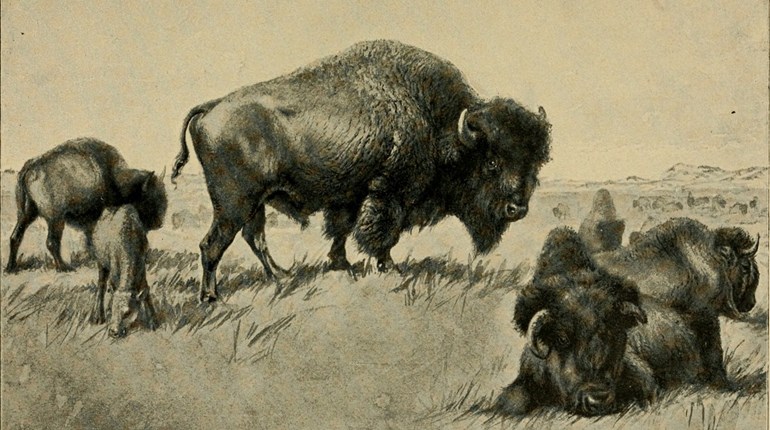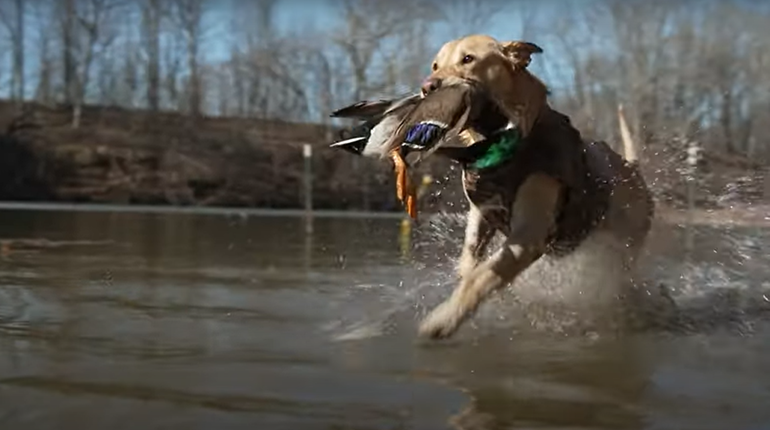
Should mountain lions be reintroduced to control expanding deer populations in the East? A recent study released by the University of Washington suggests such a move could be effective, concluding the reintroduction of mountain lions could be a good way to help control whitetail deer populations on the East Coast. According to the New York Times, this latest university study cites there are more than 1.2 million automobile-deer collisions each year, resulting in 200 deaths and $1.66 billion in damages.
While the suggestion is to use the mountain lion as a management tool, hunters and outdoorsmen see potential problems with the use of a management tool that is, by its very nature, unmanageable. The university study calculates that one cat kills 266 deer in its lifetime, and as Western hunters know all too well, mountain lions, like wolves, are opportunistic feeders. Critics of the study say mountain lions will undoubtedly spread into areas where there are no overpopulation problems, creating danger for not only deer herds in those areas, but the human population, livestock and pets as well.
“We agree with what critics of the proposal have said, which is that cost-effective measures such as hunting already exist,” said Susan Recce, director of NRA-ILA Conservation, Wildlife and Natural Resources. “The added bonus: Hunting license fees are used to protect the future of wildlife and account for the primary source of funding for most state wildlife conservation efforts.”
Headed by university scientist Laura R. Prugh, the study analyzed scenarios in 19 states, ultimately excluding Delaware, Illinois, Maryland and Rhode Island for having insufficient habitat to sustain viable populations. While Prugh and her colleagues realize many people would not support the use of lions, a 2015 study by the University of Minnesota and Southern Illinois University Carbondale reported the cats already may be moving east. Regardless of how the cats get there, Prugh says the number of human lives lost due to mountain lions would be far fewer than the number of lives saved through a resulting drop in vehicle-deer collisions.





































